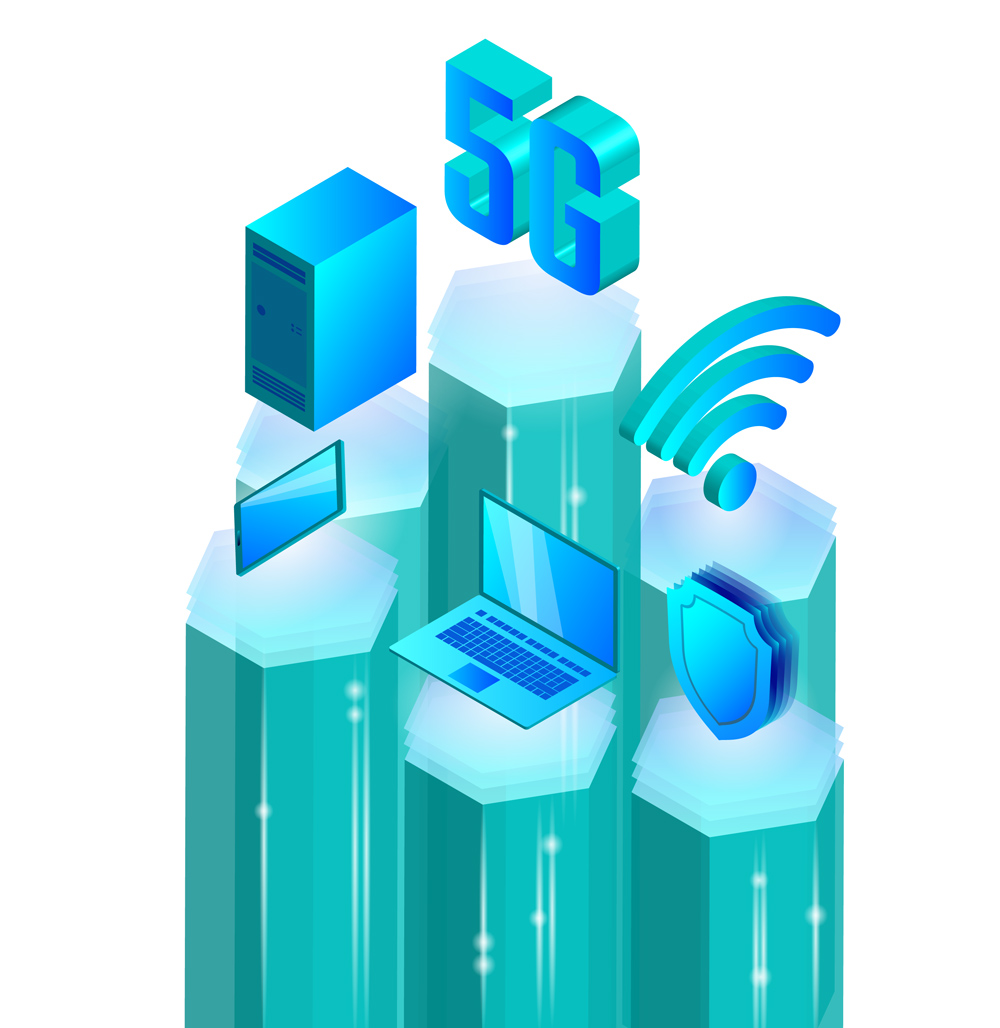- Arbitration
- Banking & Finance
- Capital Markets
- Commercial
- Competition
- Construction & Infrastructure
- Corporate / Mergers & Acquisitions
- Corporate Services
- Corporate Structuring
- Digital & Data
- Dispute Resolution
- Employment & Incentives
- Family Business & Private Wealth
- Innovation, Patents & Industrial Property (3IP)
- Insurance
Find a Lawyer
Book an appointment with us, or search the directory to find the right lawyer for you directly through the app.
Find out more
Real Estate & Construction and Hotels & Leisure
Real estate, construction, and hospitality are at the forefront of transformation across the Middle East – reshaping cities, driving investment, and demanding increasingly sophisticated legal frameworks.
In the June edition of Law Update, we take a closer look at the legal shifts influencing the sector – from Dubai’s new Real Estate Investment Funds Law and major reforms in Qatar, to Bahrain’s push toward digitalisation in property and timeshare regulation. We also explore practical issues around strata, zoning, joint ventures, and hotel management agreements that are critical to navigating today’s market.
As the landscape becomes more complex, understanding the legal dynamics behind these developments is key to making informed, strategic decisions.


2025 is set to be a game-changer for the MENA region, with legal and regulatory shifts from 2024 continuing to reshape its economic landscape. Saudi Arabia, the UAE, Egypt, Iraq, Qatar, and Bahrain are all implementing groundbreaking reforms in sustainable financing, investment laws, labor regulations, and dispute resolution. As the region positions itself for deeper global integration, businesses must adapt to a rapidly evolving legal environment.
Our Eyes on 2025 publication provides essential insights and practical guidance on the key legal updates shaping the year ahead—equipping you with the knowledge to stay ahead in this dynamic market.
The leading law firm in the Middle East & North Africa region.
A complete spectrum of legal services across jurisdictions in the Middle East & North Africa.
-
Practices
- All Practices
- Banking & Finance
- Capital Markets
- Commercial
- Competition
- Construction & Infrastructure
- Corporate / Mergers & Acquisitions
- Corporate Services
- Corporate Structuring
-
Sectors
-
Country Groups
-
Client Solutions
Today's news and tomorrow's trends from around the region.
17 offices across the Middle East & North Africa.
Our Services
 Back
Back
-
Practices
- All Practices
- Banking & Finance
- Capital Markets
- Commercial
- Competition
- Construction & Infrastructure
- Corporate / Mergers & Acquisitions
- Corporate Services
- Corporate Structuring
- Digital & Data
- Dispute Resolution
- Employment & Incentives
- Family Business & Private Wealth
- Innovation, Patents & Industrial Property (3IP)
- Insurance
- Intellectual Property
- Legislative Drafting
- Private Client Services
- Private Equity
- Private Notary
- Projects
- Real Estate
- Regulatory
- Tax
- Turnaround, Restructuring & Insolvency
- Compliance, Investigations and White-Collar Crime
-
Sectors
-
Country Groups
-
Client Solutions

- Law Firm
- /
- Insights
- /
- Law Update
- /
- April 2019
- /
- Twitching your Antennas: The Role of Small Cells in 5G Deployments
Twitching your Antennas: The Role of Small Cells in 5G Deployments
Andrew Fawcett - Partner - Digital & Data
This year we will start to see the transition to the fifth generation wireless networks – known as 5G. For example, Etisalat, the UAE’s biggest telecom operator, is already upgrading its network and infrastructure to be ready to provide the service as soon as the 5G mobile handsets are available in UAE.
5G is expected to deliver data upload and download speeds that are ten times faster than the current 4G (LTE – Long-Term Evolution) networks.
This big technology shift is not just about faster mobile. 5G will be important in facilitating the ‘Internet of Things’ – the network that will link not just our phones and computers but all manner of consumer products and infrastructure in our smart homes and smart cities.
A key factor in enabling 5G will likely be the use of low-power antennas known as ‘small cells’ and DAS (distributed antenna systems).
Such antenna have a very short range. Consequently, to reach the full potential of 5G technology, wireless providers will need to deploy thousands of small cells in communities across the countries in which they operate.
Etisalat has publically announced it is setting up some 600 small cell sites this year alone.
While wireless providers will likely engage with municipalities to locate small cells on lampposts, and traffic lights in public areas, in large private property developments and in high rise buildings the wireless providers will need agreements with the property owners to deploy small cells/DAS.
What are the Advantages of 5G?
5G will provide further benefits to consumers in three key ways:
- 5G will be very fast. This will be particularly noticeable in higher quality streaming video. Downloading a typical length movie, which can take six minutes using 4G, could take less than 20 seconds with 5G;
- 5G has low latency, or a low lag in time between a request and a response. 5G can cut response times down to one to two milliseconds (0.0001 or 0.0002 seconds). 4G’s average response time is 50ms (0.05 seconds). If have an autonomous car, you do not want latency times to be too long; and
- 5G will offer connection density up to 100 times greater than 4G. That means people will be able to communicate at the same time without crowding out others.
 The Importance of Small Cells and DAS
The Importance of Small Cells and DAS
5G technology will, at least in part, utilise the part of the radio frequency spectrum between microwaves and infrared waves, which while providing a stronger connection, only supports service over short distances. Generally high-band radio spectrum is only useful for covering about 200 metres, (roughly a city block)
High band spectrum is less crowded than lower frequencies used by mobile phones, but there are disadvantages. At higher frequencies, signals are not as strong and experience interference from obstacles such as walls and trees.
Small cells and DAS will play key roles in boosting 5G network density – as the solution is to set up smaller antennas everywhere – on utility poles, rooftops, and throughout the interiors of buildings.
‘Small cells’ is a generic term for several types of low-power antennas (including femtocells, picocells and microcells) that are typically dedicated to a single wireless provider.
DAS systems have additional management functions that allow them to support more than one service provider.
Small cell units are generally connected to a fibre optic network. Once connected, a single unit can provide service for around 30 access points in high-density areas, and can extend service to access points anywhere from 10 metres to over a kilometre away. Small cell units are the size of a suitcase.
DAS comprises cabling, small remote units, and antennas that are distributed throughout a building and linked to a central distribution hub, which connects to the radio frequency source used by the wireless provider. Through DAS, a provider’s wireless signal is distributed to all parts of the building.
At present small cells/DAS are commonly used indoors, to provide adequate cell coverage to crowds at stadiums and conference facilities.
Cost Burdens
Deploying all these new antennas on mass will not be cheap, and, at least initially, commerciality and economics will influence where additional small cells and DAS are deployed.
Office buildings present a potential challenge with respect to who will bear the cost of 5G deployments. The quality of internet connectivity can be a key differentiator for landlords. When a tenant pays rent, they see wireless connectivity as a utility and do not want to pay extra.
All three parties (landlord, tenant, wireless provider) may have to be prepared to have to come up with creative ways to benefit from early deployment of the 5G network infrastructure in office buildings. Potentially, cost sharing may be one workable approach.
Location Agreements
Private agreements for locating small cells and DAS will not be ostensibly different from existing licensing and co-location agreements for telecommunications network infrastructure. Broadly, DAS/small cell licence agreements should cover:
- Description of the work. Installation. Location of DAS/small cell (and changes to location). Maps. Work standards. Removal on termination and restoration of site.
- Permit, Limitations and Restrictions. Limits of the authorisation. Requirement for the provider to obtain all necessary consents and permits. No real property interest created in any land. Whether the rights are non-exclusive. No grant or approval of co-location rights to third parties.
- Limitations and Indemnification. Limitation of liability of property owner. Obligation of the provider to indemnify the property owner. No interference.
- Insurance; Fees; Termination and Compliance with laws
Property owners need to be aware that the small cells/DSA will form part of the wireless provider’s public telecommunication and may be subject to laws requiring sharing of facilities or sites.
First Phase
The new 5G network, which is a once in a decade upgrade, has the potential to radically change lives as a facilitator of the Internet of Things and smart cities.
We are currently in the first phase of the 5G launch, where the infrastructure for fixed wireless services and mobile services will be provided in selected locations. Some of these locations will depend on private property owners agreeing with the wireless providers as to where they can locate the low-power antennas needed for 5G to function.
Al Tamimi & Company’s Technology, Media & Telecommunications team regularly advises on legal issues concerning the telecommunications sector. For further information please contact Martin Hayward (m.hayward@tamimi.com) or Andrew Fawcett (a.fawcett@tamimi.com).
Stay updated
To learn more about our services and get the latest legal insights from across the Middle East and North Africa region, click on the link below.


